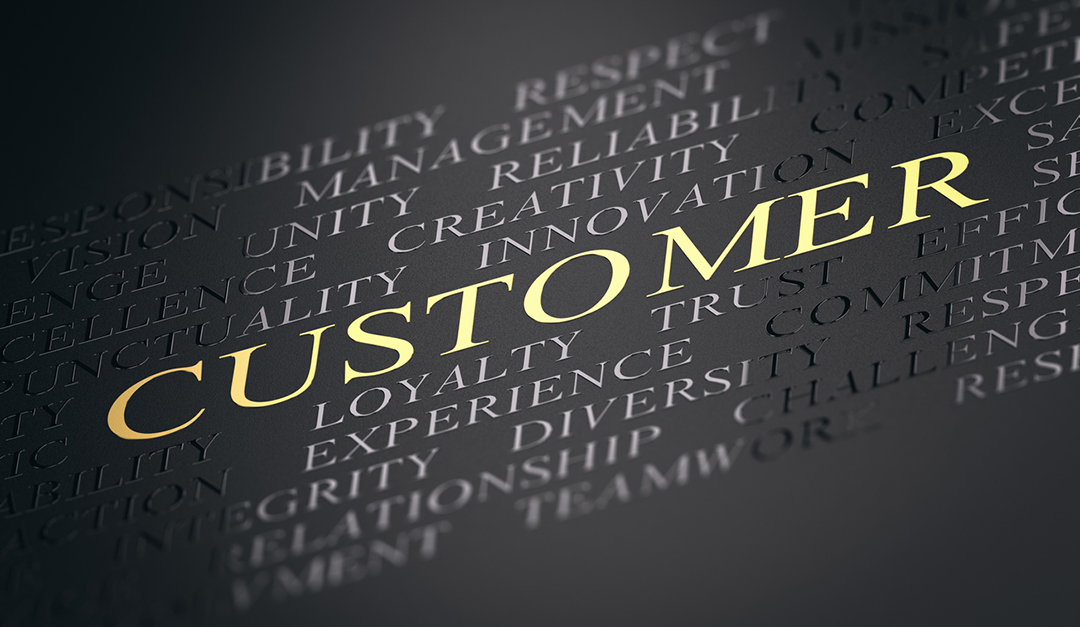It used to be that when someone purchased real estate, they would need to use an agent. There were no iBuyers or websites to see every available listing. Consumers had the option to either buy from a friend or family member, drive around and hope to find something they liked or talk to a professional who had access to the MLS. Agents were the gatekeepers, and therefore the most central part of the equation.
From property portals that update every 10 minutes to the infinite number of resources a buyer or seller can use to find, promote and complete the paperwork necessary to complete a transaction, it would seem the age of the real estate agent is coming to an end.
Except it’s not.
The end of the real estate agents is something that makes for a great clickbait title, but when it comes down to it, agents provide more than access to properties. They provide the knowledge, experience and guidance to answer questions and advise in tough situations—they provide a customer service.
Yet customer service alone will not keep you in business. Customer service is a one-to-one solution. It’s a thoughtful closing gift or a postcard on the holidays. Customer service is what you do to make a current client happy, but customer centricity is about designing your business so that customers want to do business with you.
You can think of it this way: If customer service is about making a customer the focus of your business, customer centricity is about making the customer your focus. A customer-centric focus shifts from how you’ve always done business to how to create a business your customers want to work with. It’s being where your customers are when they need you, and thanks to technology, it’s a process that is getting easier to streamline.
Basics of a customer-centric process include:
Communication: Are you connecting and communicating with clients in the methods they choose or simply the ones you’ve always used? Ninety percent of people say they’d prefer to receive a text message from a business than a phone call.
Accessibility: You can’t be everywhere at once, and thankfully technology means you don’t need to. While having a comprehensive and user-friendly website is important, using technology like chatbots allow you to be accessible to your clients at any time. Chatbots can help clients book a meeting, answer questions, take down information and many other tasks—all with a friendly and personal feel, 24 hours a day!
Relationship Fostering: Unless you’re working with investor clients, it’s likely there are years between when you help a client buy or sell and the next time you work with them, but that doesn’t mean you should cut all communication after you close the deal. Staying in touch through social media, e-newsletters and other one-to-many (as opposed to one-to-one) forms of communication can have a large impact with only a smalltime investment on your part.
What does this all mean? To paraphrase from the late founder of Apple, Steve Jobs, “You’ve got to start with the customer experience and work backward.”
Whether you’re caring for existing clients or earning new ones, RealtyHive’s tailored marketing programs can help you to create a more customer-centric business. To learn more about the tailored marketing programs offered by RealtyHive and how they can help you achieve your goals, please visit www.realtyhive.com.
Tristin Zeman is the SEO & Digital Advertising Specialist for RealtyHive.











